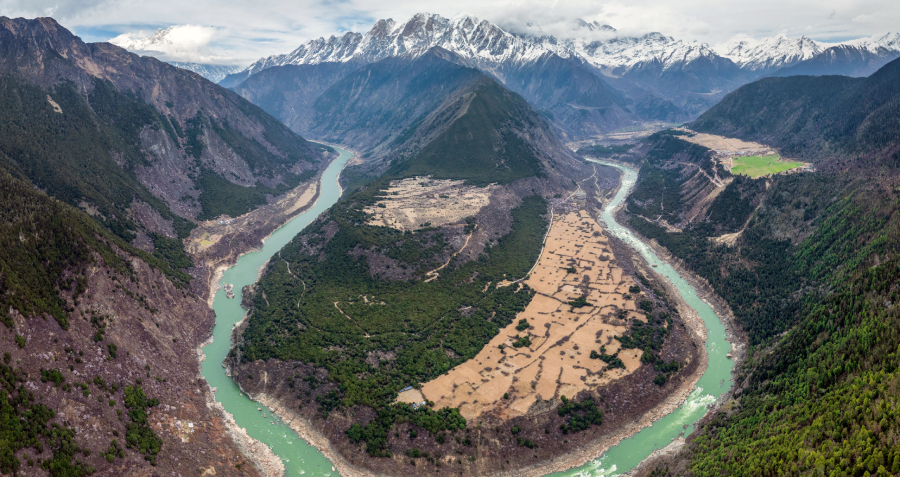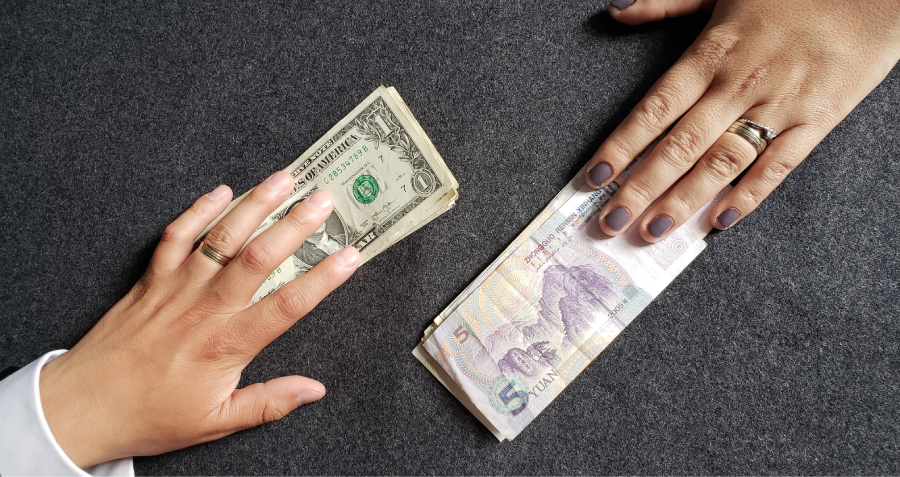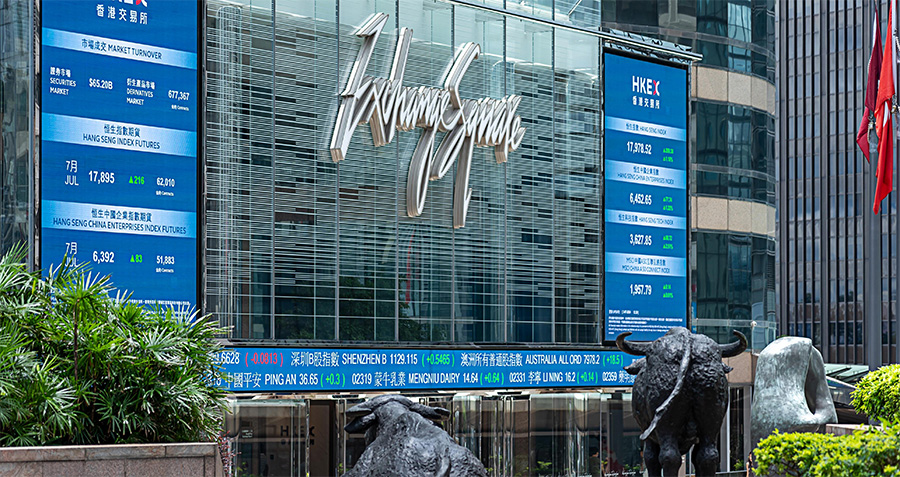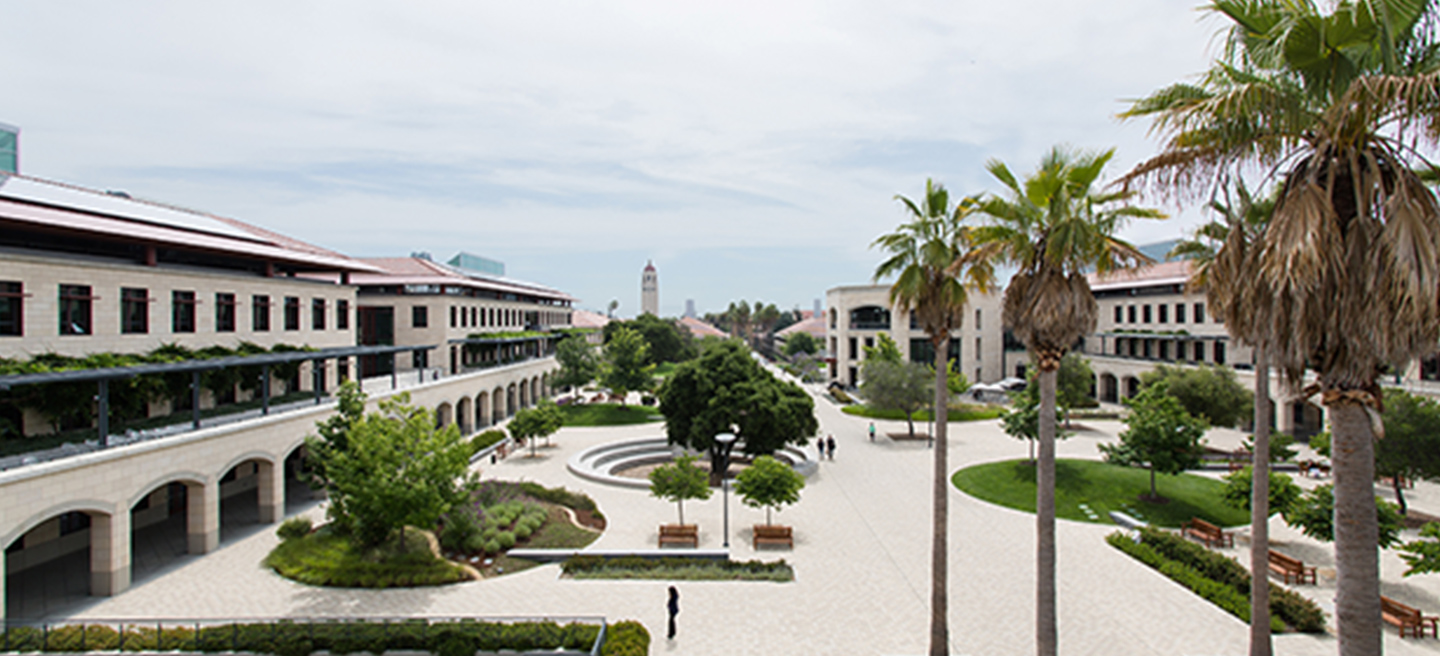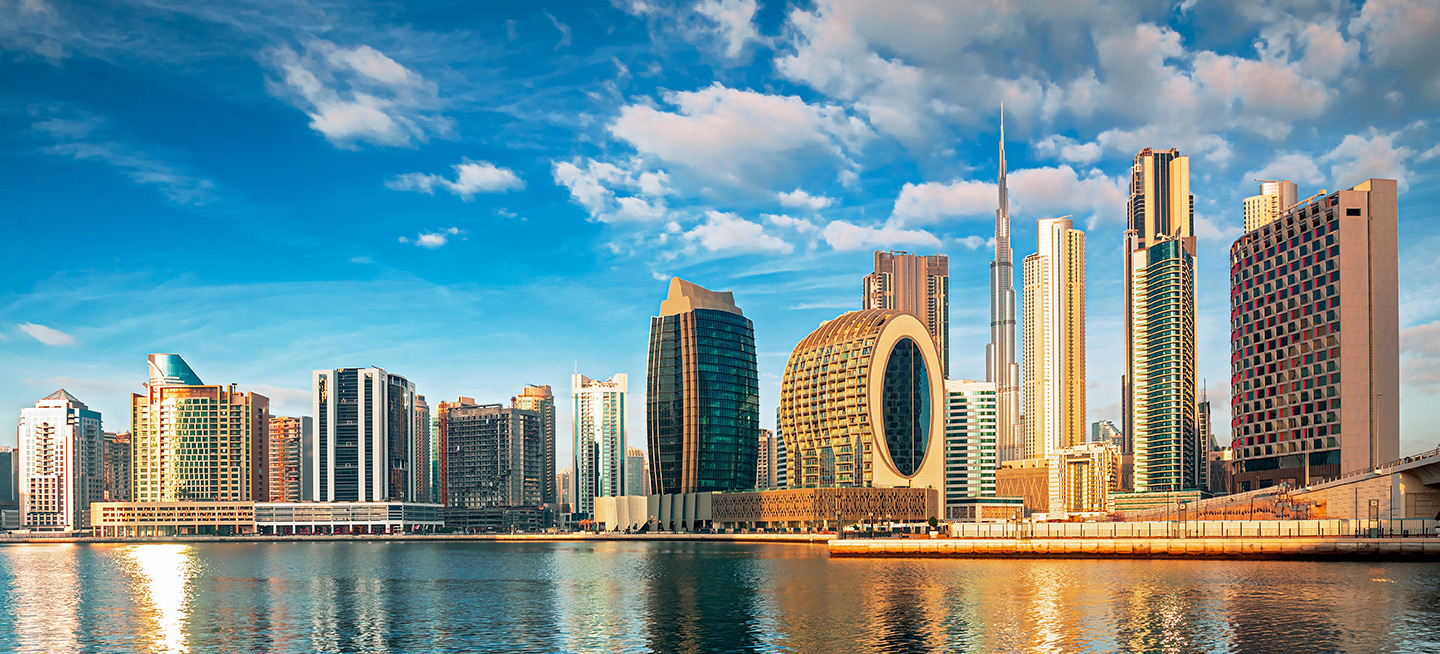Joe Schott, President and General Manager of Shanghai Disney Resort discusses how the resort has adapted to resonate with Chinese consumers
Seeing 11 million visitors within its first year of opening in mid-2016, the world’s newest Disney resort has had a warm reception in mainland China and is determined to continue bringing the “magic” into the lives of Chinese people. With an eighth themed land in the works and 2020 being the Year of the Mouse, according to the Chinese zodiac, Disney has no plans to slow down.
A 38-year veteran of The Walt Disney Company, Joe Schott has held various roles of progressive responsibility and worked in a number of Disney resort destinations across the globe. He began his career in Florida as a front-line Cast Member (Disney’s term for employees) in operations at Walt Disney World. Although he spent most of his time based in Orlando, he has also worked outside the USA for nine of the last 12 years, most notably in China, France and Japan.
The Shanghai Disney Resort is one of the largest foreign invested projects ever undertaken in China and represents the largest foreign investment in the history of The Walt Disney Company. In this interview, Schott looks at how Chinese culture is reflected in Shanghai Disney Resort and at trends that the company has seen in its guests.
How do operations at Shanghai Disney compare to other Disney resorts internationally?
First of all, we’re humbled by our warm welcome to China and are fortunate enough to have not only received a warm reception from the government and our partners, but the guests who visit the resort as well.
We spent a lot of time in the market beforehand doing meaningful research on consumer trends, and what we focused on at the beginning was not only what consumers would learn about Disney, but also what would be uniquely Chinese. We always call our work authentically Disney, and distinctly Chinese. We’re constantly looking to emphasize things that are familiar to people and to also to show respect to the home country that we’re in.
What we’ve become known for is having an immersive experience where our guests can live out the stories that they’ve seen in Disney films. This is the place where they can see their dreams brought to life. So that means that we have to focus on innovation, particularly in the way that we deliver our final product to the Chinese consumer. But we’ve remained focused on things like the delivery of high-tech and innovative attractions such as TRON Lightcycle Power Run and Pirates of the Caribbean—Battle for the Sunken Treasure. There’s a lot of context below the surface that people don’t notice, but simply experience.
What kind of trends are you seeing in terms of visitors at Shanghai Disney Resort? How do these trends compare to Disney resorts in other cities?
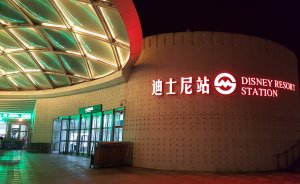 In general, the trends that we see are pretty similar to our other international parks around the world. Our guests all get excited about seeing the characters and the stories and that’s really what the heart of it all is. People really resonate with the social messages conveyed in Disney movies, such as being courageous and thoughtful.
In general, the trends that we see are pretty similar to our other international parks around the world. Our guests all get excited about seeing the characters and the stories and that’s really what the heart of it all is. People really resonate with the social messages conveyed in Disney movies, such as being courageous and thoughtful.
When you think about China in particular, guests here usually experience things through a multigenerational family, so you have to offer things that appeal to every member of the family. To give you an example, this park is the only park in the world that has a huge garden area in front of the castle, and that was designed for the older members of the family. Seeing beautiful scenery is one of the elements that is attractive for them and we believe that we’ve got to have something for everyone.
With China having the largest mobile phone market in the world and Chinese consumers being very mobile phone-centric, we really had to center most of our services on the mobile phone. We had a practice everywhere else in the world of distributing paper Fastpasses for example, but here we quickly made this an online service within our first year of operation. What was amazing was that there was an 80% adoption of the new process in one night when we launched our digital Fastpass service in fall 2017. It just shows how connected this audience is. We provide other features such as real-time queue times as well as recommendations via our mobile app too, which has been available to our guests since our opening day.
Chinese consumers also enjoy sharing things on social media. Things like photo opportunities are really important, so we intentionally create photogenic food items such as a dish with Mickey Mouse carved into the vegetables or even an egg that has a Mickey Mouse in the yolk. We therefore think about photo-worthy shots in just about everything we do.
Another thing that you need to know about Shanghai Disney is that guests arrive very early, especially in the summer. So we introduced early park entry and extended operating hours to allow our guests to make the absolute most out of their day.
How has the economic downturn in China impacted Disney, if at all?
This is one of the most important markets that we have, and from our standpoint, coming to mainland China was incredibly important for the company in general. We leverage a lot of resources to make sure that we’re thinking about the long-term view, as opposed to the short-term view, and when you’re thinking long-term, you make different decisions to those you would make in the short term. We’re building something to last forever and when we make a decision to invest at this level, we don’t pin that decision on one time economically, we think long term about a market; we really take a long view. So, whether it’s here or in other parts of the world, current or near-term economic circumstances typically don’t cause much anxiety with us.
What unexpected operational problems has Disney faced in Shanghai and what solutions have you found for them?
It’s been an exciting three years since we opened. We have continued to learn in this market, trying to understand consumers’ behavior and their habits. Feedback has been a key issue. For example during our initial research, we used the marketplace standard to determine the child admission discount—height—however it became clearer, especially over the last year, through feedback and engagement with government partners that it shouldn’t be the only criteria used. We made the change this fall and it has been very well received by our guests and provides discounted park admission to more young guests. Over time we have become more proactive when it comes to making changes. That’s just an example of one of the many modifications that we make based on the type of feedback that we routinely receive.
How has the opening of various Chinese theme parks impacted business at Shanghai Disney?
We are very happy to see that the market in general has responded quickly to the theme park experience, creating consumer demand all over China. What sets us apart is that the Disney brand has a long legacy, and the quality of the products we put forward is part of our signature. The physical experience that guests have with their friends and family is what’s most important to us. It’s something we believe guests will see, and understand that we’re unique in that respect.
To what extent are augmented reality (AR) and virtual reality (VR) technologies going to play into the development of Disney resorts in the future?
 Our Imagineers—that’s what we call those that create new products for us—are always looking at new technologies to create three-dimensional experiences. We’re not as focused on AR and VR because we’re more focused on creating real life experiences that extend our stories. It’s much more magical to walk into an actual world than it is to see a digital rendering of that place.
Our Imagineers—that’s what we call those that create new products for us—are always looking at new technologies to create three-dimensional experiences. We’re not as focused on AR and VR because we’re more focused on creating real life experiences that extend our stories. It’s much more magical to walk into an actual world than it is to see a digital rendering of that place.
Another thing that we have to think about is that AR and VR experiences are really not as scalable to large groups of people as a three-dimensional experience could be. When you’re on our Pirates of the Caribbean attraction, you get that sensory reaction to how amazing the environment is around you. You can’t duplicate that with digital renderings.
To what extent is Chinese culture reflected in the Shanghai Disney offering and what is the likely trend for the future? Will the Chinese element increase?
We’re trying to integrate the incredibly unique and historical culture of China into our development and operations. The ways you can see that manifest itself on a routine basis is through the celebration of Chinese festivals, with the most well-known one being Lunar New Year. We try to include Chinese culture in our core entertainment, such as through the projections we cast on the Enchanted Storybook Castle during the daily nighttime spectacular. We really want this to be something unique for the people of Shanghai and for the people of China to enjoy. We routinely celebrate Chinese festivals because we want to create moments that are relevant for friends and families.
“Mulan” is about to be released which is Disney’s first China-centric movie. To what extent is “Mulan” visible at the Disney resort and what reaction does it get from visitors?
“Mulan” is loved all over the world as a unique and courageous character, and in that respect you’re going to see a lot of focus placed on her no matter where you are in the world. With the movie coming, we get this opportunity to emphasize a truly Chinese heroine that has all these great qualities. We feature an entire parade float during our daily parade and she’s also featured in Voyage to the Crystal Grotto, the unique boat experience exclusive to Shanghai Disneyland that features classic Disney storytelling. With the film coming out next year you can expect to see more new experiences in the park.
To what extent is Disney representative of American culture? How does Disney view its role as the holder of so many iconic American characters and to what extent are these characters conceived and viewed by Disney as being international?
We consider our brand to be more international than representative of any one country. For example, stories like Cinderella and Beauty and the Beast come from Europe and are very distinct. We also have fictional places like Arendelle where our stories are based, so we try and be as diverse as we can. Disney stories and characters really resonate with the core values of Chinese people and are well received, that’s why we emphasize them in our daily operations.
You mentioned that you have characters that resonate with Chinese guests, which characters are the most popular?
All of our characters are extremely popular here at Shanghai Disney Resort. But there is one group of friends that resonate the most with our guests, and this is Duffy and Friends. The characters are extremely popular, specifically in this part of the world. You only see them on the same scale in Tokyo and to some extent in Hong Kong as well. These loveable friends are adored by Chinese guests because of their playful demeanors and cute appearances.
Could you tell us more about the expansion plan announced for Shanghai Disney Resort?
We’re always expanding and investing in our products and experiences. When we opened, we had six themed lands and within the first year we announced that we were adding a seventh, which is the fastest overall expansion of any Disney Park in the world. We’ve also just announced plans for Zootopia to be built, which will be our eighth themed land, and it recently started main construction. This decision wasn’t taken lightly, and we routinely received feedback that guests wanted to be able to see Judy and Nick in particular, as Zootopia was one of the most popular animated films released in China. This is a huge investment for us and something that we’re very excited about. We also have our fifth anniversary approaching and it’s amazing to think that we’re going to be 5 years old! It’s going to be an opportunity for us to look back and also introduce some new experiences that we haven’t yet announced.
Besides the expansion plan, what else can we expect to see from Shanghai Disney Resort in the near future?
The year 2020 is the Year of the Mouse, so we will be featuring Mickey and Minnie Mouse in all kinds of ways. We have some surprises planned for Spring Festival which will be announced soon. For the rest of the year, we have our seasonal events calendar and we continually invest in new experiences to keep giving guests relevant reasons to visit. We are incredibly optimistic about our future in China. There are incredible opportunities here for us to continue growing and to be a positive influence on the service sector. We continually strive to bring happiness and joy to families in Shanghai and across China.









